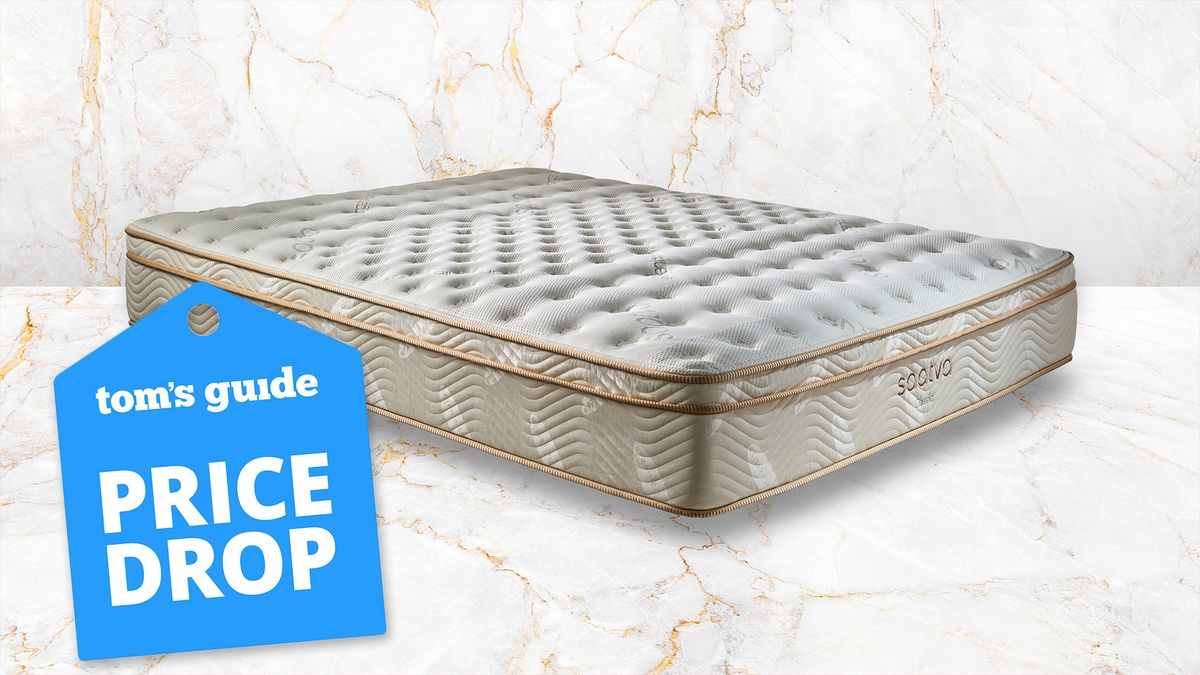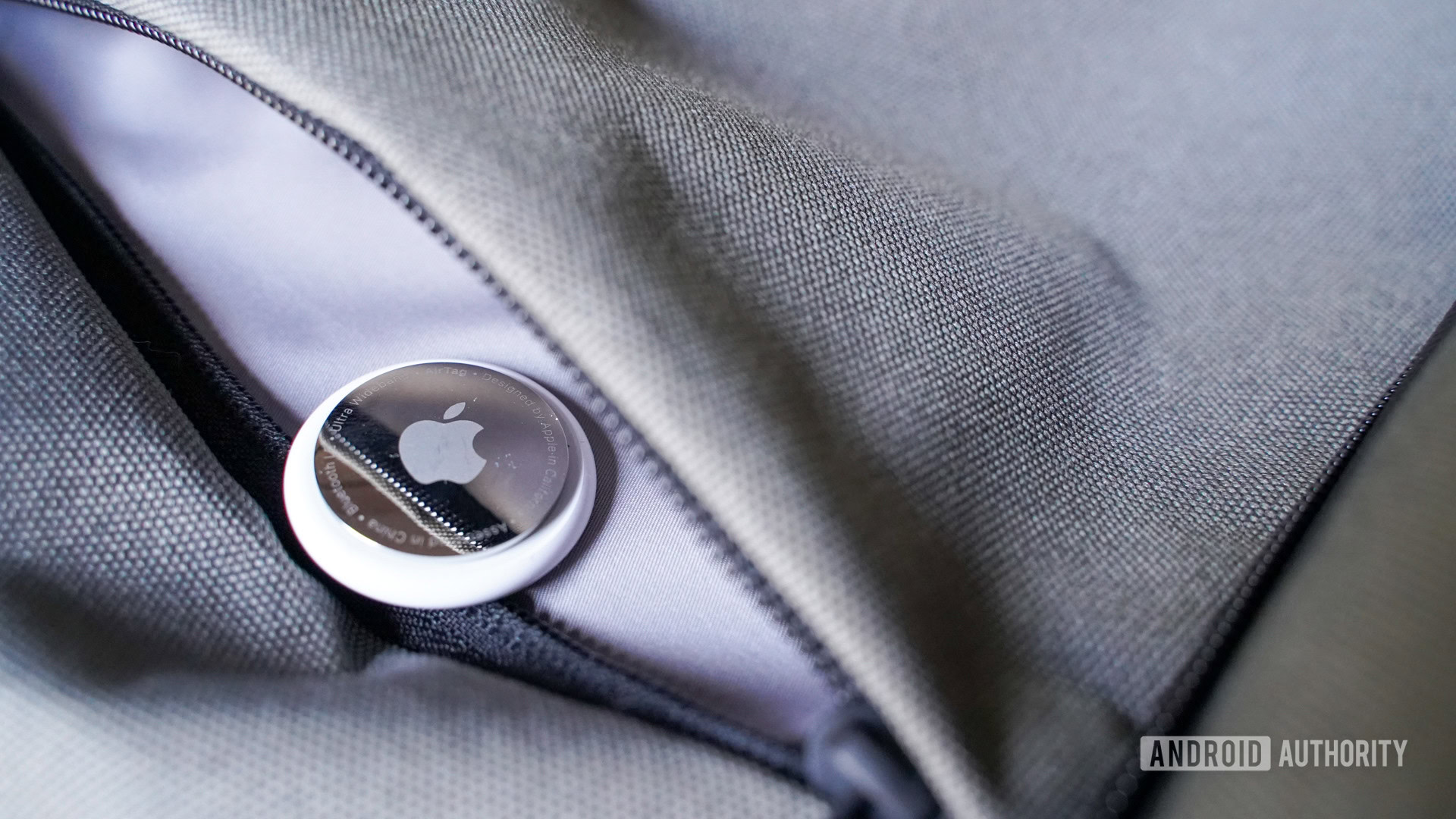Lunar travel could be revolutionised by solar panels made from dust which covers the moon’s surface, scientists say.
German researchers melted a synthetic version of the moon’s loose surface debris into ‘moonglass’.
They paired it with perovskite – a cheap, relatively easy-to-make crystal – to make a new kind of solar cell.
The new technology isn’t as efficient as current models, but since only perovskite needs to be shipped from Earth, far more cells can be made with less resources.
The researchers found each moonglass cell would produce 100 times more energy per gram of material sent to space.
The launch mass of a space craft would be cut by 99.4% while transport cuts for a trip to the Moon would be reduced by 99%, the researchers say.

The authors of the study, published in Device, say the technology allows us to ‘imagine a permanent moonbase, a village, or even a city on the Moon powered by the near-constant solar illumination at the lunar south pole’.
‘The solar cells used in space now are amazing, reaching efficiencies of 30% to even 40%, but that efficiency comes with a price,’ says lead researcher Felix Lang of the University of Potsdam.
‘They are very expensive and are relatively heavy because they use glass or a thick foil as cover. It’s hard to justify lifting all these cells into space.
‘If you cut the weight by 99%, you don’t need ultra-efficient 30% solar cells, you just make more of them on the Moon.’
The team also zapped their prototype cells with space-grade radiation, and found the moonglass cells were more resistant.

This is because moonglass has a natural brown tint from impurities in moon dust, which make it less efficient but more stable.
The extreme heat needed to melt the dust could be achieved by concentrating sunlight on the moon, the team claimed.
Just one kilo of perovskite would be needed to make a solar cell with a surface area of 400 metres, they added.
The researchers said they hoped to launch a small-scale experiment to look into potential weaknesses of the technology, such as the effect of lower gravity on the formation of moonglass.
Get in touch with our news team by emailing us at [email protected].
For more stories like this, check our news page.
MORE: NASA gives fresh update on ‘city killer’ asteroid heading our way
MORE: Mystery over unidentified space object ‘released by Russian satellites’
MORE: ‘Stranded’ astronaut Suni Williams reveals what she ate when she finally got back to Earth









